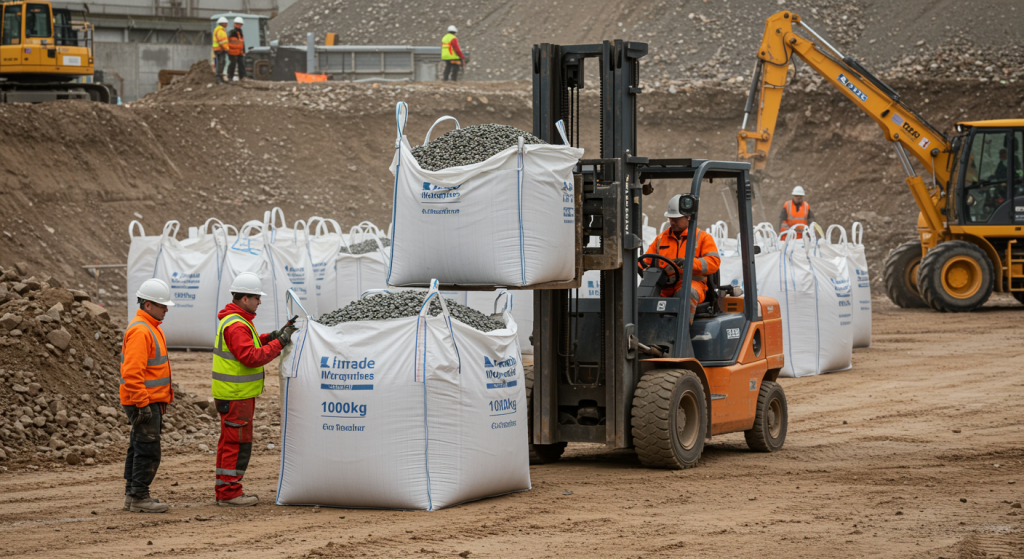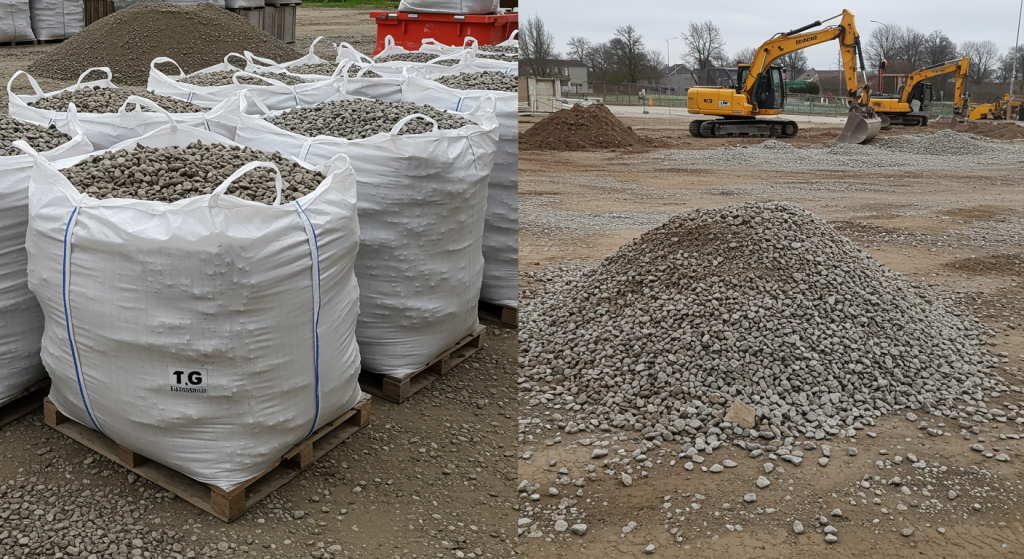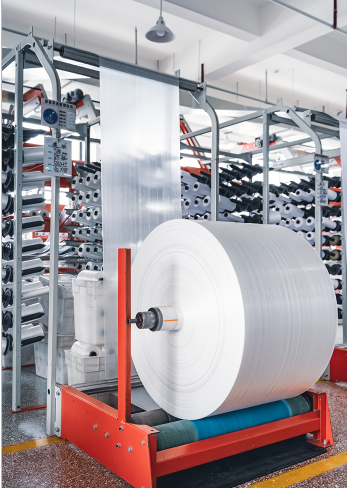

Transporting bulk gravel bags, especially tonne sacks, is a common task on construction sites. But doing it right is more than just moving materials from point A to B. The right method ensures safety, reduces waste, and improves project efficiency.
In this guide, you’ll learn best practices for handling a tonne bag of gravel, how to move 1 tonne bag safely, and what exactly a tonne sack is. No matter your role on-site, these strategies are designed to make handling bulk gravel bags safer and more efficient.
A tonne sack, also known as a tonne bag or FIBC (Flexible Intermediate Bulk Container), is a heavy-duty industrial bag made from woven polypropylene. It’s specifically designed to hold up to 1,000 kg of loose materials like gravel, sand, or aggregates.
FIBC bags are often referred to as “tonne bags of gravel” when filled for site delivery. They come with sturdy lifting loops for forklifts and cranes, making them an industry standard for bulk transportation.
Improper handling of gravel bags can cause spillage, injuries, or delays. A tonne bag of gravel weighs approximately 1,000 kg. Mishandling even one can damage your equipment or put workers at risk. Following correct practices helps maintain safety, efficiency, and compliance.

Tonne sacks are used across various construction applications:
Understanding how much a tonne bag of gravel covers helps with ordering and cost estimation. Typically, a tonne bag covers around 10-12 square meters at a 50mm depth.
While loose gravel dumped on-site might seem convenient, it often leads to wastage and cleanup. Tonne sacks keep materials clean, confined, and easier to move when needed.
At XIFA Group, we specialize in manufacturing durable and customized FIBC Bags. Our tonne sacks are designed with reinforced seams, UV-stabilized fabric, and certified safe lifting loops.
Key Product Features:
Whether you’re moving a tonne bag of gravel, sand, or chemical feedstock, our FIBC bags meet global safety standards and provide efficient on-site material management. Explore our full FIBC Bag Catalog here.
With proper storage and inspection, your gravel bags can last through multiple uses in less harsh environments.
Pricing depends on gravel type, regional availability, and delivery fees. On average, a tonne bag of gravel costs between $50 to $100.
Using FIBC tonne sacks is one of the smartest ways to handle heavy gravel loads on any construction site. They offer unmatched durability, portability, and safety when used correctly. Whether building foundations or managing large-scale landscaping, adopting best practices and quality bags can reduce project risks and downtime.
XIFA Group is your trusted supplier of industrial-grade FIBC bags. With over 25 years of packaging innovation, our custom bulk solutions are engineered to support safety, efficiency, and sustainability on your worksite.
Visit xifagroup.com to request a quote or explore our FIBC product lineup.




